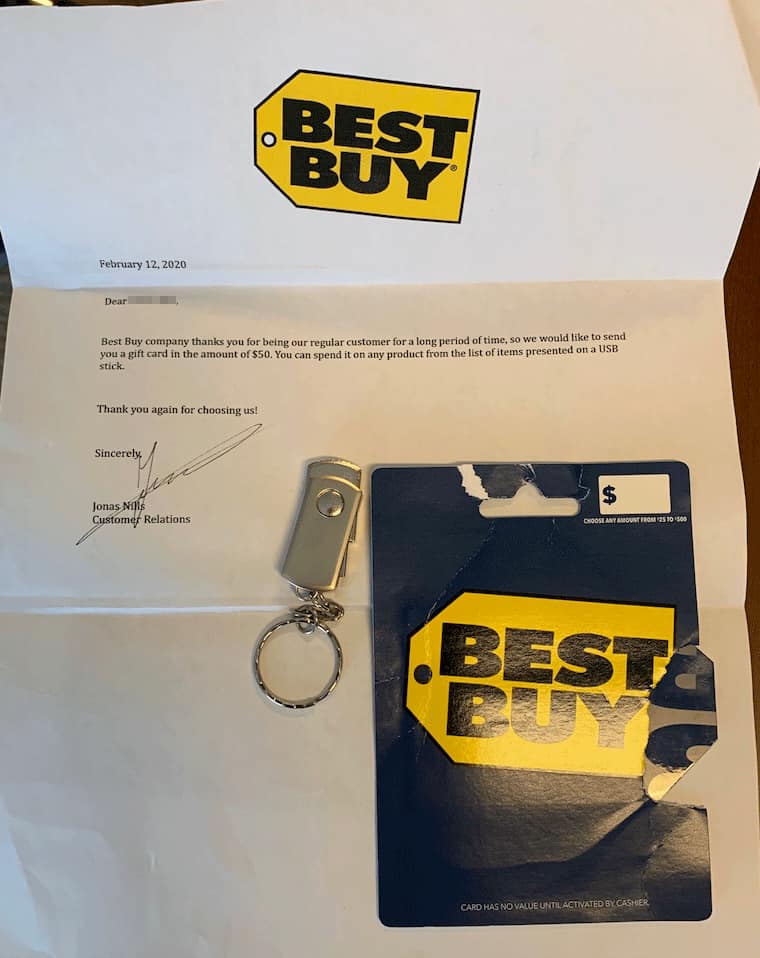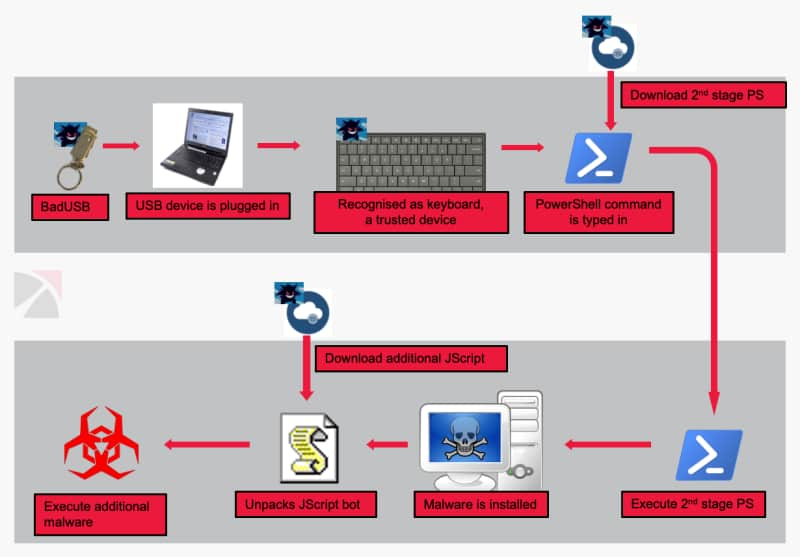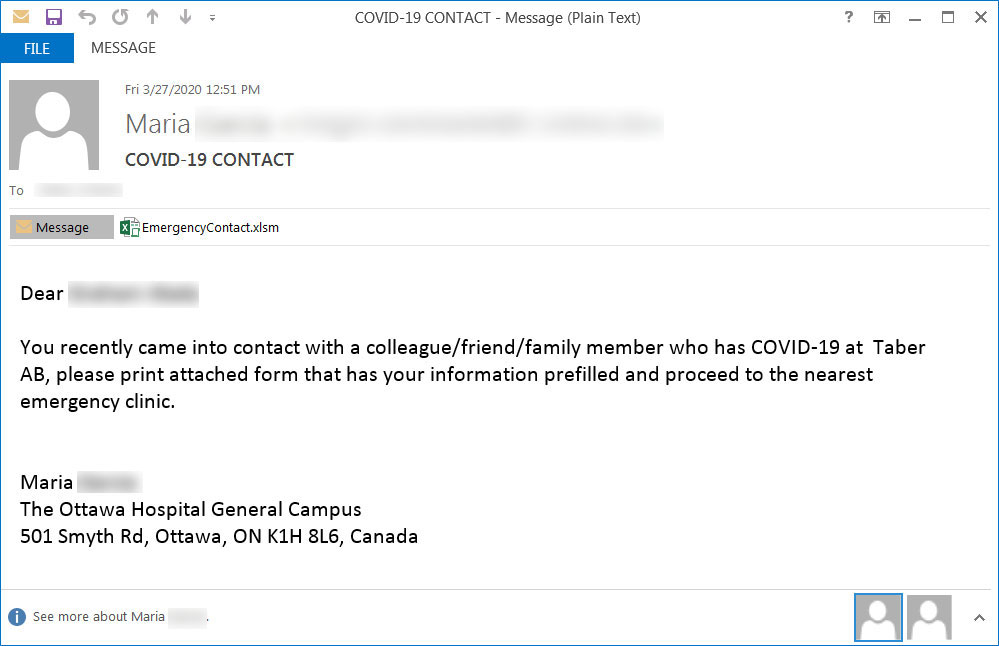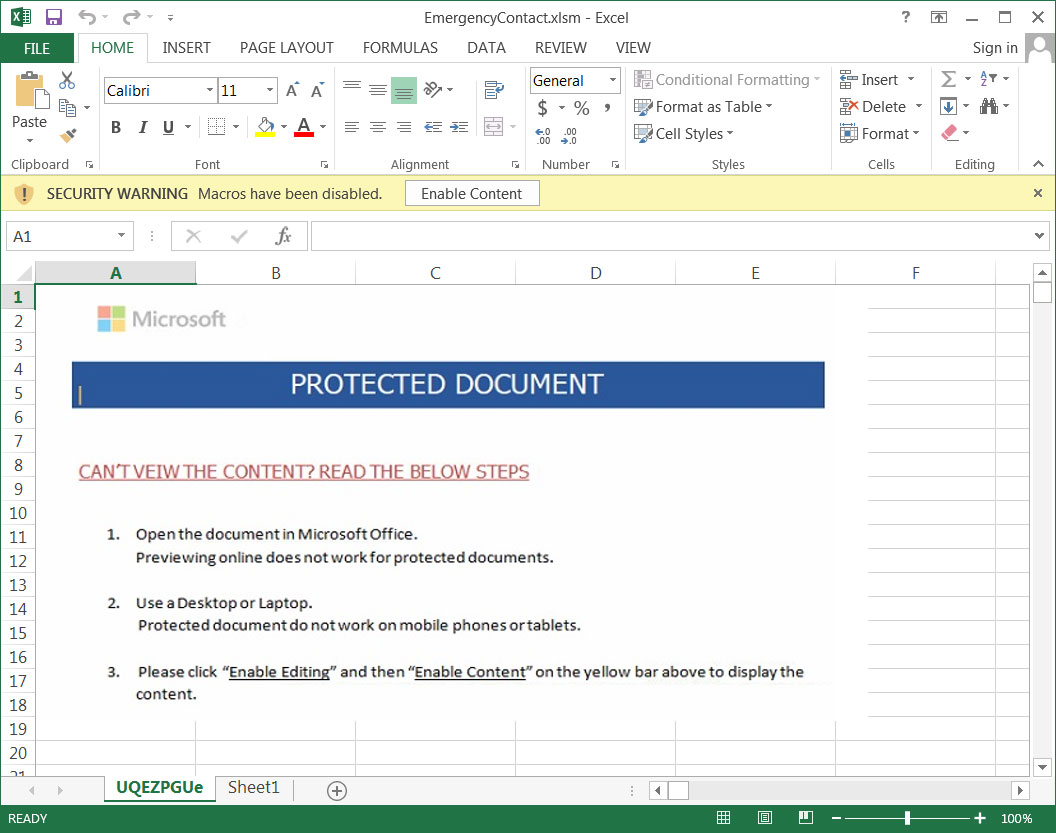UPDATE: Microsoft says none of its verified accounts were hacked. YouTube has also intervened to take down the scam's live streams.
 By Catalin Cimpanu for Zero Day | March 30, 2020
By Catalin Cimpanu for Zero Day | March 30, 2020
Image: ZDNet
A hacker has hijacked tens of YouTube accounts, renamed them to various Microsoft brands, and is currently broadcasting a cryptocurrency Ponzi scam to tens of thousands of users, posing as a message from the company's former CEO Bill Gates.
The hacks are part of a growing issue on YouTube, where hackers hijack popular accounts to broadcast a classic "crypto giveaway" -- where victims are tricked into sending a small sum of cryptocurrency to the scammer in order double their earnings but never get any funds in return.
Such scams were once very common on Twitter, but have now moved to YouTube in recent months as Twitter began cracking down on users posing as verified accounts.
At the time of writing, a hacker appears to have taken over 30+ YouTube profiles from where they are live streaming an old Bill Gates talk on startups that the former Microsoft CEO gave to an audience at Village Global in June 2019, but also asking users to participate in a scammy giveaway.

Image: ZDNet
The cryptocurrency Ponzi scheme is currently live streaming on the YouTube accounts using names such as Microsoft US, Microsoft Europe, Microsoft News, and others. Spokespersons for Microsoft and YouTube denied that hackers breached any of Microsoft's verified official accounts, although some users reported scam streams appearing on non-verified Microsoft accounts.
However, the vast majority of live streams were airing on YouTube channels with high subscriber counts, hijacked from YouTube users and later renamed to appear as legitimate Microsoft accounts, in an attempt to amplify the hack and give it an air of legitimacy.
Some of the Bitcoin addresses listed in the scams had received thousands of US dollars at the time of writing, suggesting the scam had fooled at least some users.
Based on YouTube stream stats, tens of thousands have seen the video feeds.
Microsoft was not the only organization impacted by the mass hijack and defacement incident. The Chaos Computer Club, a famous Germany-based hacking community, has also had its account hijacked to broadcast a similar message. The YouTube account of YouTube's founder was also hacked in the same manner in January. Furthermore, the Microsoft CEO is not the only popular figure to have his name abused in this way. Many past crypto-scams impersonated figures from the cryptocurrency community.





 Coronavirus-themed phishing email
Coronavirus-themed phishing email Malicious attachment
Malicious attachment